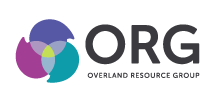While much can be learned by conducting employee surveys, many corporations have learned the hard way that poor surveying technique can do more harm than good. In fact, generally, when executives are opposed to surveying, their opposition is based on poor experiences with surveying in the past.











